“Build it and they will come?” Does that work for enterprise gamification?
That doesn’t work; if you build an enterprise gamification project and you don’t communicate it, they may not come… unless you’re about to distribute free ice cream. Communication is needed. When you launch an enterprise gamification project, you have to create credible and repeated communications with employees.
That isn’t bad news. You should always consider your enterprise gamification projects as an opportunity to communicate with employees about your organization’s goals, rules of conduct, expectations, best practices and knowledge base. This communication is both informative (make sure everyone plays according to the same rules) but it is also habit forming (always enter data into the CRM once you’ve completed a call). If you’re lucky, it can even impact corporate culture.
Here’s what you can communicate:
- For sales, a sales enterprise gamification project can communicate how and what should salespeople sell, which offerings they should combine, how many times they are expected to touch a customer and what performance is expected.
- For elearning, an on boarding or training enterprise gamification implementation can communicate what pace of learning is best, which courses or learning items matter and (with quizzes) what knowledge level is required
- For customer service gamification an enterprise gamification project can communicate the interplay between various rep metrics, such as call handing time and problem resolution.
Here are some key points about doing this right.
Communicate your enterprise gamification project using the ACT + E model
Here’s a handy acronym: ACT + E
- Audience: craft your messages according to your audience. One size does not fit all.
- Content: invest the time to create content that is customized for your different types of users.
- Time: time game communications to tie in with game events (such as a fantasy sports game, a song contest and more) and organizational goals (end of quarter sales etc)
Don’t forget the “E” – enhancement.
All your communications should enhance the game narrative by extending it beyond the enterprise application. Even when the gamification avatar or mini-app follows the employee throughout the workday, the game related communication should extend it through messaging, images and use of media.
Don’t forget the rules!
Announcing an enterprise gamification project with fanfare, bells AND whistles isn’t enough.
By setting game rules, you are really communicating with employees about the behavior you expect from them. Game rules that seem intuitive to you – even obvious – since you know what the expectations of the organization are – may be completely counter-intuitive or plain unknown to your employees. Set the rules out. Make sure they can be understood.
Not doing so is risking people second-guessing your gamification goals and even arguing they are a cosmetic and non-integral addition glued on top of your enterprise apps.
Don’t just communicate game rules, as in constraints, requirements, awards etc. Make sure to invest your time in an eye opening tutorial to make sure the players understand the game, the interfaces, and how it interacts with the enterprise applications they are using.
Communicating the launch with a splash
One of the things we like to do at Centrical, is to create a launch video – like this one.
Narrative based gamification – using game narratives such as sports, song contests, city building and more – offers a lot of opportunity to create a fun and splashy video announcing the game. This certainly enhances the game experience.
Here’s an example of a launch video we ran. You can guess that the theme was car racing:
Hand in hand with the video, make sure to launch the game tutorial and make sure it is viewed and understood. Don’t launch before the game rules are clear.
Weekly communication
We work in weeks – with the weekends in the middle.
Gamification projects therefore are typically measured on week-long intervals- in many fantasy sports and other narrative settings we recommend beginning anew each week, so that people feel they have an opportunity to do better. For all these reasons it follows that communication should be weekly.
Invest the time in creating a customized email newsletter to all game participants. Send it on a weekly basis.
The weekly newsletter extends the game experience beyond the gamified platform. It should include the following:
- Recognition – recognition is one of the things that motivates employees to keep improve themselves. The newsletter should include recognition for outstanding players, competition winners and those who have improved the most during the week, relative to their past accomplishments.
- Reminders on pending actions – it’s all about behavioral change, right? Behavioral change happens best when habits are formed. Reminders on pending actions will help the player achieve their goals in a more consistent way and assist in ensuring compliance, opportunities for success (even if there was some slack during a specific period) and to form habits.
- Progress reports / game statistics – people want to know how they did and how they compare to the average. We found that the ability to view personal performance side by side with team benchmarks motivates better performance. It works better than sending out lists of all people ordered by achievement.
- Personal performance feedback – this communication creates a routine of continuous self-improvement.
Stay Social
Social communications are important. Celebrate team wins, team improvement and team goals. Make sure to recognize people (through pat on the back games) for helping others, or for contributing knowledge or expertise. Let everyone know how their team mates are doing. Make sure to include social communication in the weekly newsletters/digests.
Remember the employee engagement funnel
In a series of previous posts, we’ve communicated the power of the employee engagement funnel.
In short, the employee engagement funnel is about making employees aware of corporate goals and engaging them in learning and in getting others to align with corporate goals. The funnel is a step-by-step visual demonstration of how each employee goes through the process of engagement, beginning with awareness of corporate goals, going through training and learning of corporate practices or offerings and eventually leading other employees through the same path.
Communicating enterprise gamification projects is to take the first step in the funnel – make people aware that something exists and bring them along.
Celebrate!
When using a fantasy sports or song contest theme, make sure to have the weekly event as celebratory as possible, calling people to join in. Celebrate winners on an individual or team basis.
Engage and motivate your frontline teams
Improve performance with an AI-powered digital coach
Deliver world class CX with dynamic, actionable quality evaluations
Boost performance with personalized, actionable goals
Nurture employee success with the power of AI
Listen and respond to your frontline, continuously
Drive productivity with performance-driven learning that sticks
Drive agent efficiency, deliver client results
Keep tech teams motivated and proficient on products and services while exceeding targets
Maintain compliance while building customer happiness and loyalty
Enlighten energy teams to boost engagement
Engage, develop, and retain your agents while driving better CX
Improve the employee experience for your reservations and service desk agents

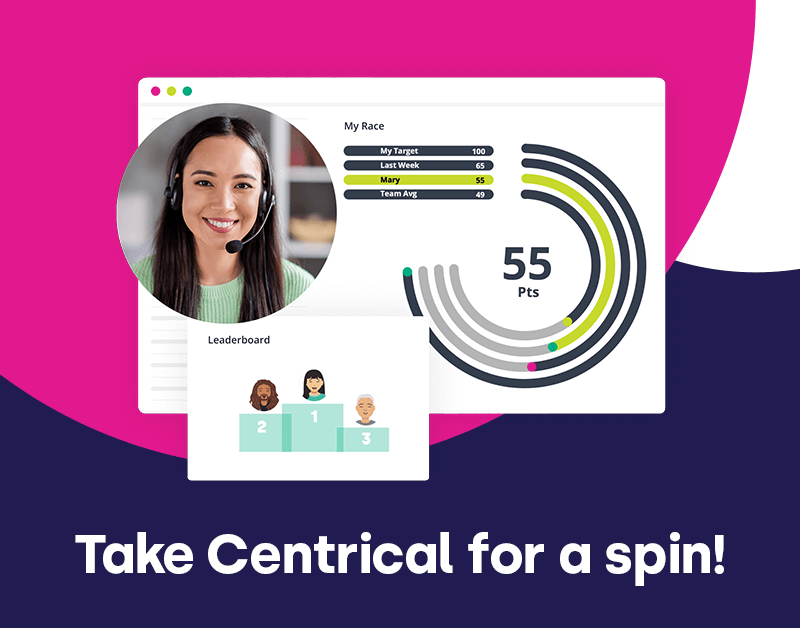
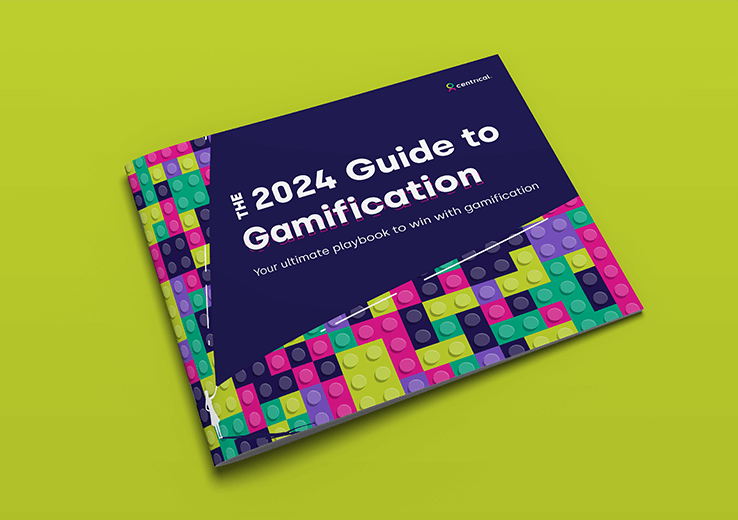
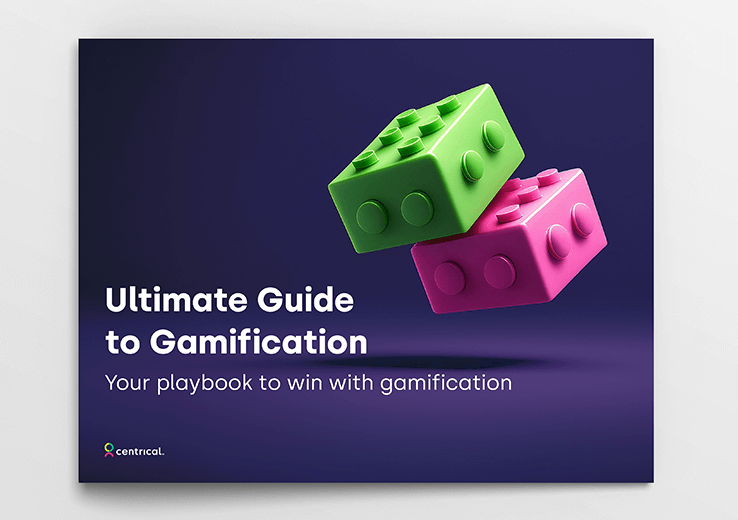
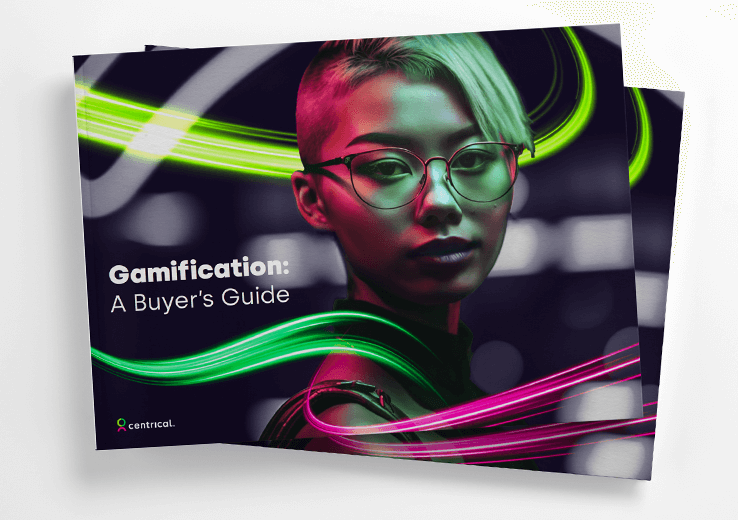
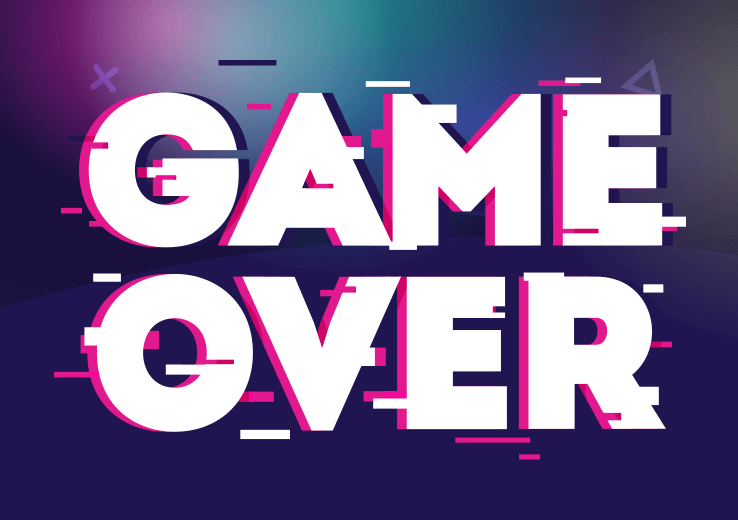

 Madeleine Freind
Madeleine Freind
 Natalie Roth
Natalie Roth Linat Mart
Linat Mart












 Doron Neumann
Doron Neumann Gal Rimon
Gal Rimon Daphne Saragosti
Daphne Saragosti Ella Davidson
Ella Davidson Ariel Herman
Ariel Herman Ronen Botzer
Ronen Botzer